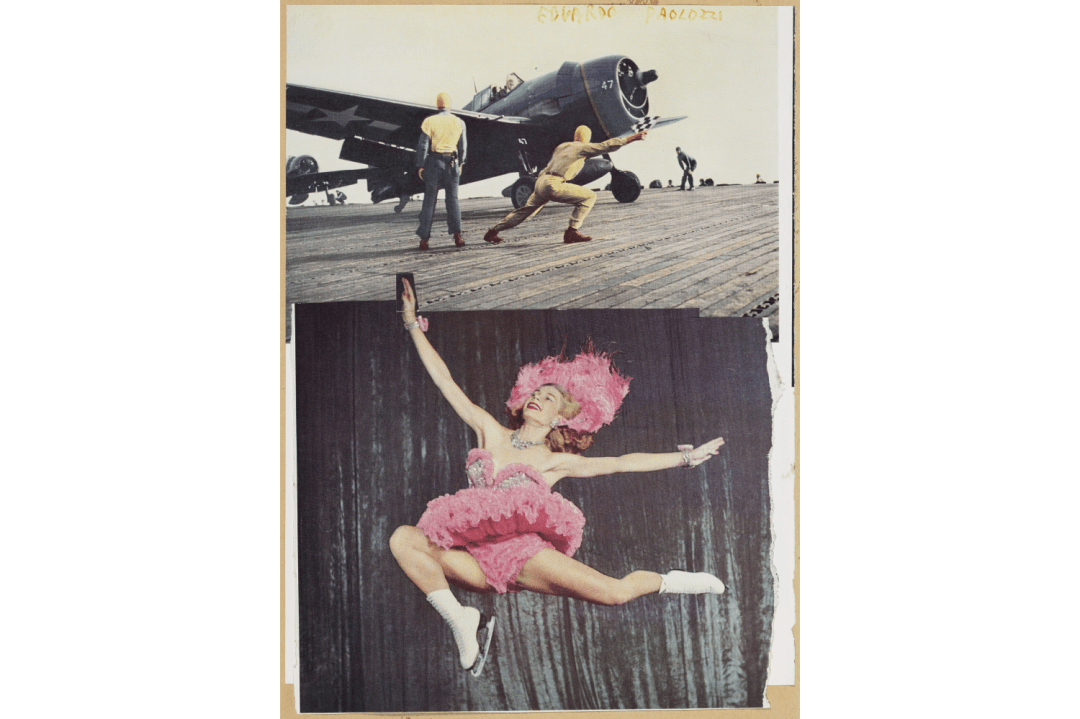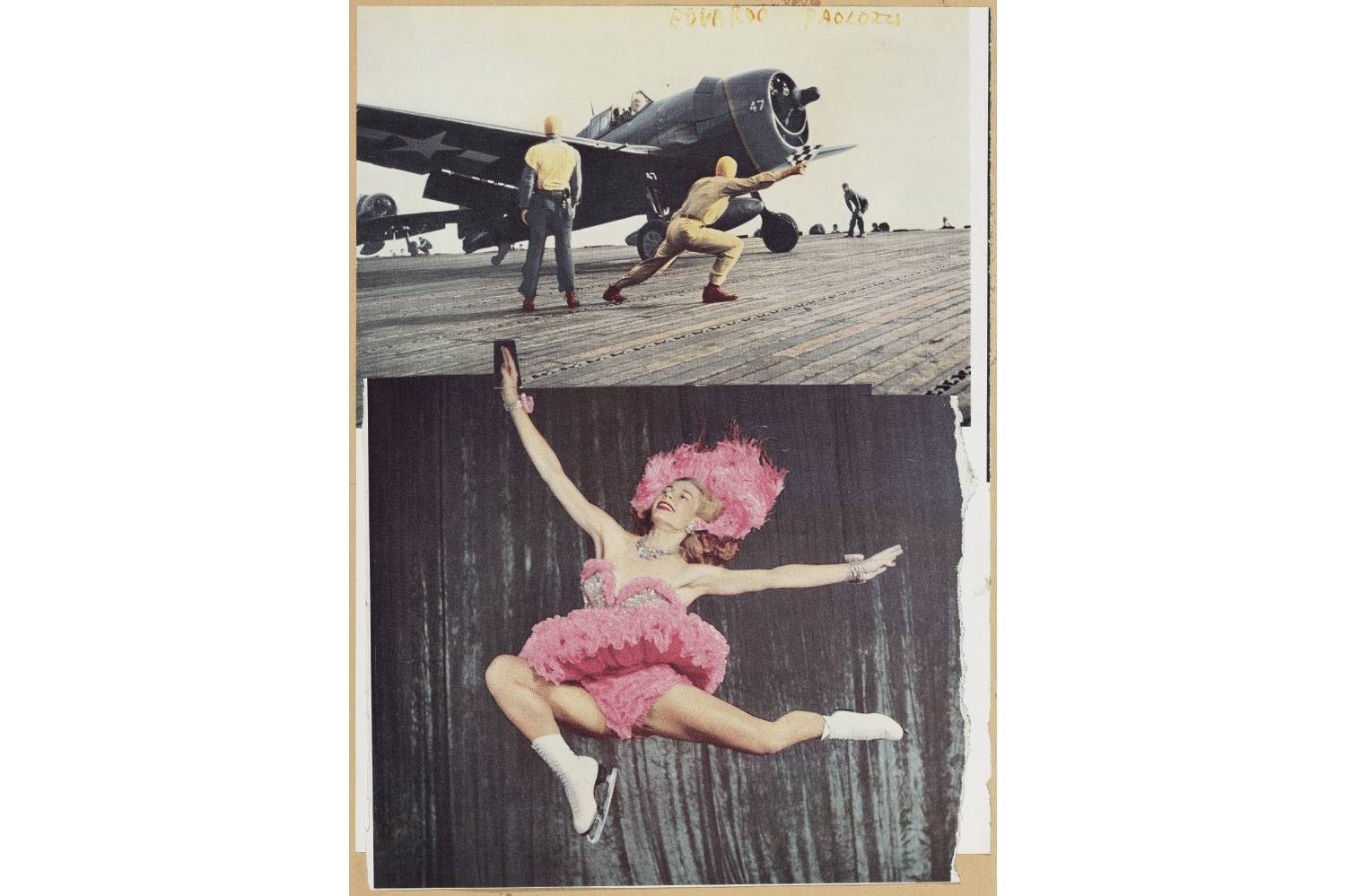On 10 June 1940, a riot erupted in Edinburgh as a 2,000-strong mob swarmed the streets, hell-bent on revenge. Their targets were barbers, delis and ice cream parlours; anything or anyone Italian. Mussolini had just entered the war and the mob scented blood. The police eventually quelled the violence and the city’s more sympathetic locals helped sweep up the broken glass and mop up the spilled wine. But nearly half of the city’s 400 Italian Scots were rounded up under Winston Churchill’s order to ‘collar the lot’, and sent to internment camps. Among them was the 16-year-old Eduardo Paolozzi, who was locked up at Edinburgh’s Saughton prison.
While Paolozzi was creating pop mash-ups, Warhol was still making whimsical illustrations of shoes
It could have been worse. Paolozzi’s father, grandfather and uncle were sent to Canada on the SS Arandora Star. The ship sailed without Red Cross civilian identification and on 2 July 1940, it was torpedoed off the coast of Donegal by a German U-boat.








Comments
Join the debate for just $5 for 3 months
Be part of the conversation with other Spectator readers by getting your first three months for $5.
UNLOCK ACCESS Just $5 for 3 monthsAlready a subscriber? Log in